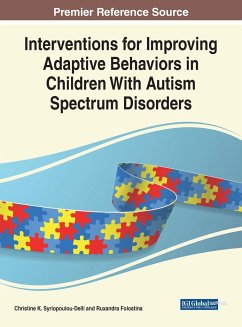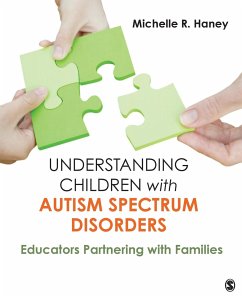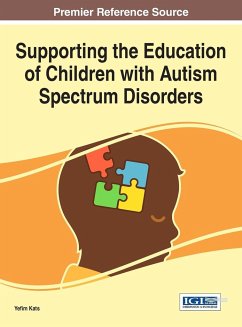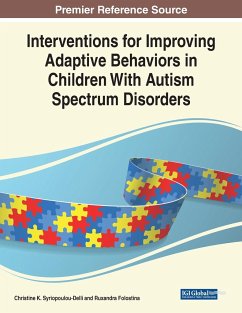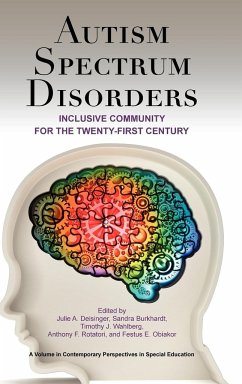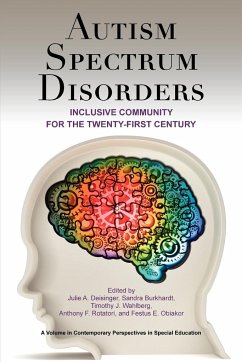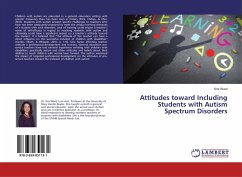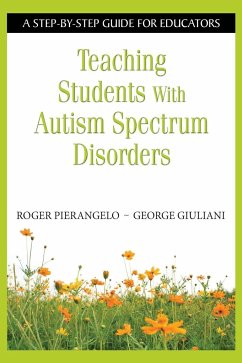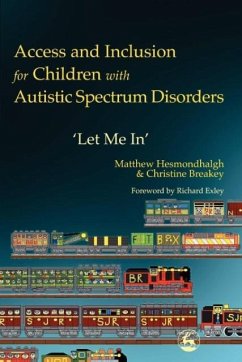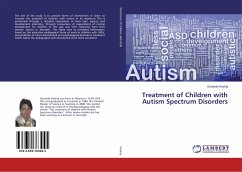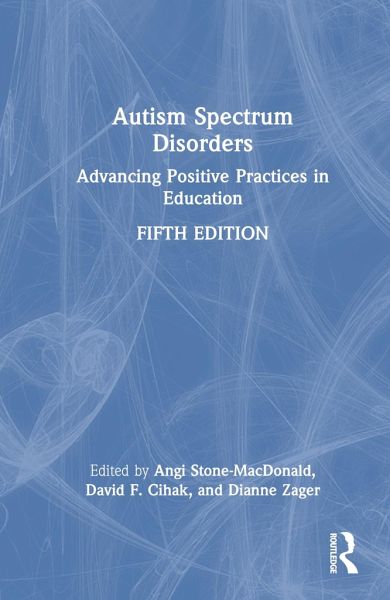
Autism Spectrum Disorders
Advancing Positive Practices in Education
Herausgeber: Stone-MacDonald, Angi; Zager, Dianne; Cihak, David F.
Versandkostenfrei!
Versandfertig in 1-2 Wochen
155,99 €
inkl. MwSt.
Weitere Ausgaben:

PAYBACK Punkte
78 °P sammeln!
The fifth edition of Autism Spectrum Disorders: Identification, Education, and Treatment provides readers with a comprehensive and accessible understanding of current research and evidence-based practices in autism spectrum disorders (ASD), linking research, theory, and practice.





